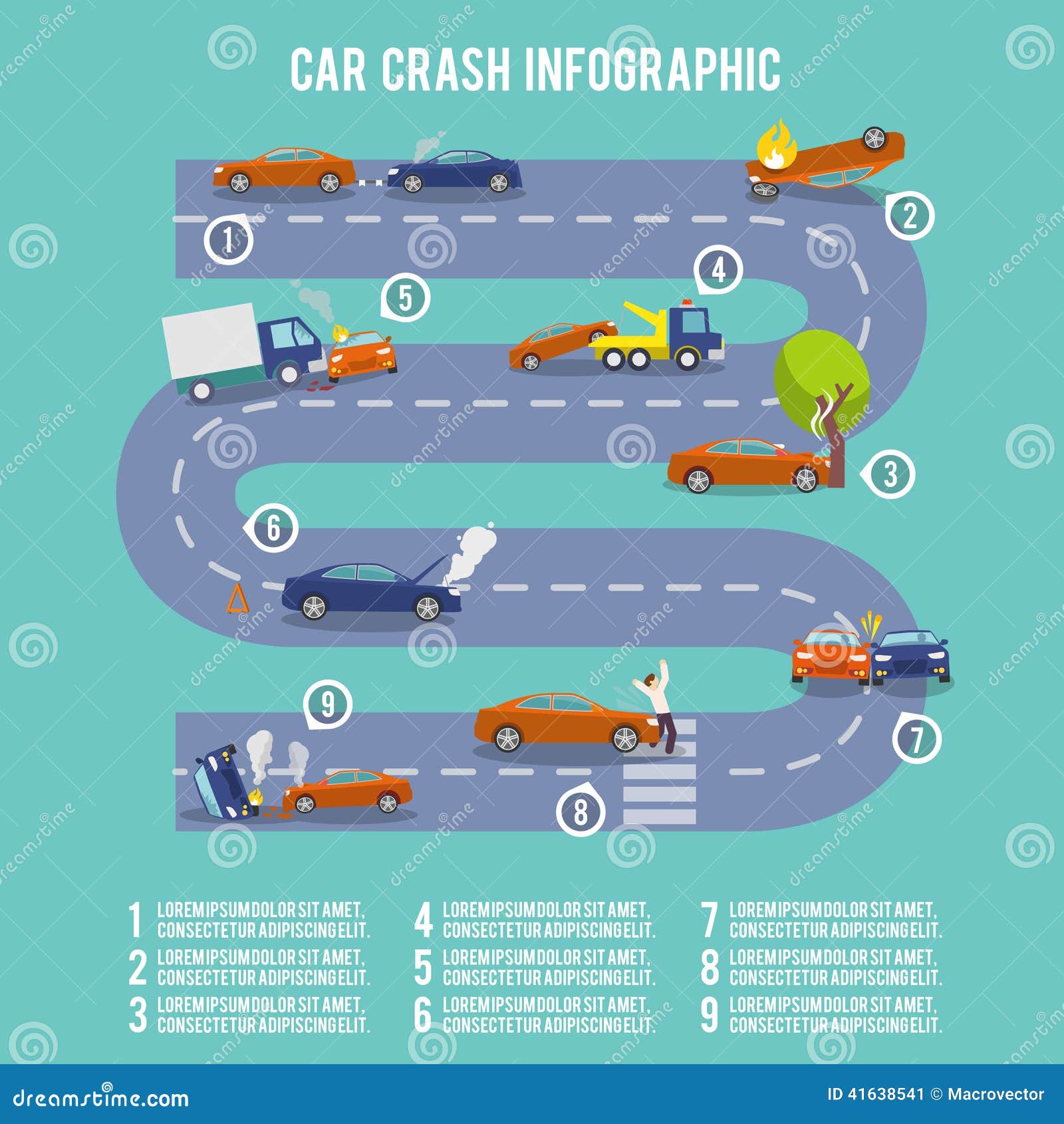Comprehending The Value Of Your Automobile'S Warning Signals: What They In Fact Stand For
Comprehending The Value Of Your Automobile'S Warning Signals: What They In Fact Stand For
Blog Article
https://oil-change-services40627.theobloggers.com/38292497/discover-exactly-how-environmentally-friendly-auto-detailing-items-can-boost-your-automobile-s-sparkle-while-safeguarding-the-earth-uncover-the-sustainable-alternatives-waiting-on-you -Sykes Alvarado
When you're behind the wheel, those radiant warning lights on your dashboard can be a bit puzzling. Do you understand what they're attempting to inform you about your cars and truck's health and wellness? Recognizing https://airliftperformance39516.blogtov.com/12584569/exactly-how-can-mobile-automobile-describing-transform-your-automobile-treatment-experience-while-guaranteeing-high-quality-discover-the-essential-aspects-to-think-about-prior-to-selecting-a-detailer of these lights is essential for your safety and the durability of your automobile. So, the following time one of those lights appears, wouldn't you want to decipher its message properly and take the necessary actions to address it?
Common Caution Lights and Interpretations
Recognize usual warning lights in your car and understand their meanings to ensure safe driving.
The most regular caution lights include the check engine light, which signifies problems with the engine or exhausts system. If this light comes on, it's crucial to have your lorry examined immediately.
The oil stress warning light suggests reduced oil pressure, calling for instant focus to stop engine damages.
A flashing battery light might recommend a malfunctioning charging system, possibly leaving you stranded otherwise dealt with.
The tire stress tracking system (TPMS) light signals you to low tire pressure, influencing vehicle security and fuel effectiveness. Disregarding this can bring about hazardous driving conditions.
valet car cleaning auckland shows an issue with the anti-lock stopping system, endangering your ability to quit rapidly in emergency situations.
Finally, the coolant temperature level cautioning light warns of engine overheating, which can cause serious damages otherwise resolved swiftly.
Understanding these usual warning lights will assist you resolve problems immediately and preserve risk-free driving problems.
Significance of Prompt Focus
Comprehending the usual warning lights in your auto is just the first step; the value of quickly dealing with these cautions can not be stressed enough to guarantee your safety and security when traveling.
When https://lukassmhav.tkzblog.com/31965427/mobile-vehicle-explaining-enhancing-your-automobile-s-appearance-on-the-move brightens on your dashboard, it's your car's method of interacting a possible problem that requires focus. Disregarding these warnings can bring about much more extreme problems in the future, endangering your safety and possibly costing you a lot more in repairs.
Trigger interest to cautioning lights can stop failures and crashes. For instance, a flashing check engine light could suggest a misfire that, if left unattended, might trigger damages to the catalytic converter. Resolving this promptly can conserve you from an expensive repair.
Likewise, a brake system warning light might signify low brake fluid or worn brake pads, crucial parts for your safety and security when driving.
Do It Yourself Troubleshooting Tips
If you observe a warning light on your control panel, there are a couple of do it yourself fixing ideas you can attempt prior to looking for specialist assistance.
The initial step is to consult your vehicle's guidebook to recognize what the specific caution light suggests. Occasionally the issue can be as easy as a loose gas cap activating the check engine light. Tightening up the gas cap might settle the issue.
An additional common problem is a low battery, which can activate various alerting lights. Inspecting the battery connections for corrosion and guaranteeing they're safe could repair the issue.
If a caution light lingers, you can attempt resetting it by detaching the car's battery for a few mins and after that reconnecting it. Furthermore, examining your automobile's fluid levels, such as oil, coolant, and brake fluid, can aid repair warning lights associated with these systems.
Conclusion
Finally, comprehending your automobile's warning lights is important for keeping your car running efficiently and securely. By without delay resolving these notifies and understanding what they suggest, you can avoid expensive repair services and prospective break downs.
Bear in mind to consult your vehicle's handbook for particular information on each cautioning light and do something about it accordingly to make certain a trouble-free driving experience.
Stay notified, stay risk-free when traveling!
